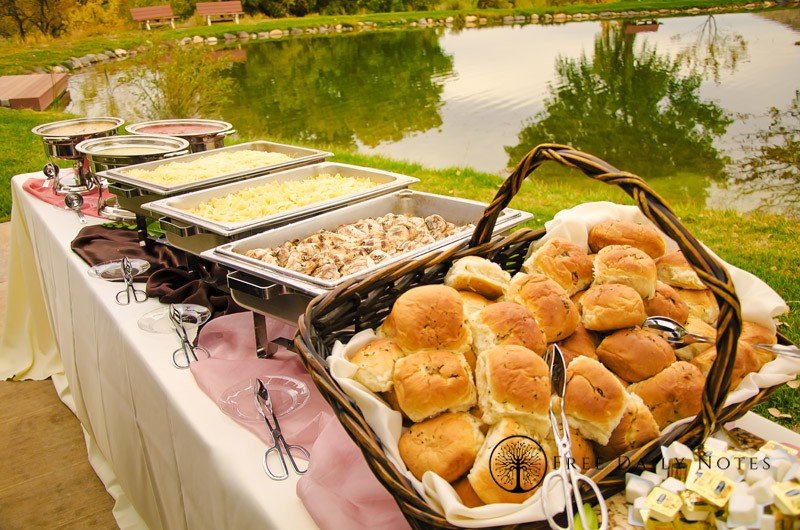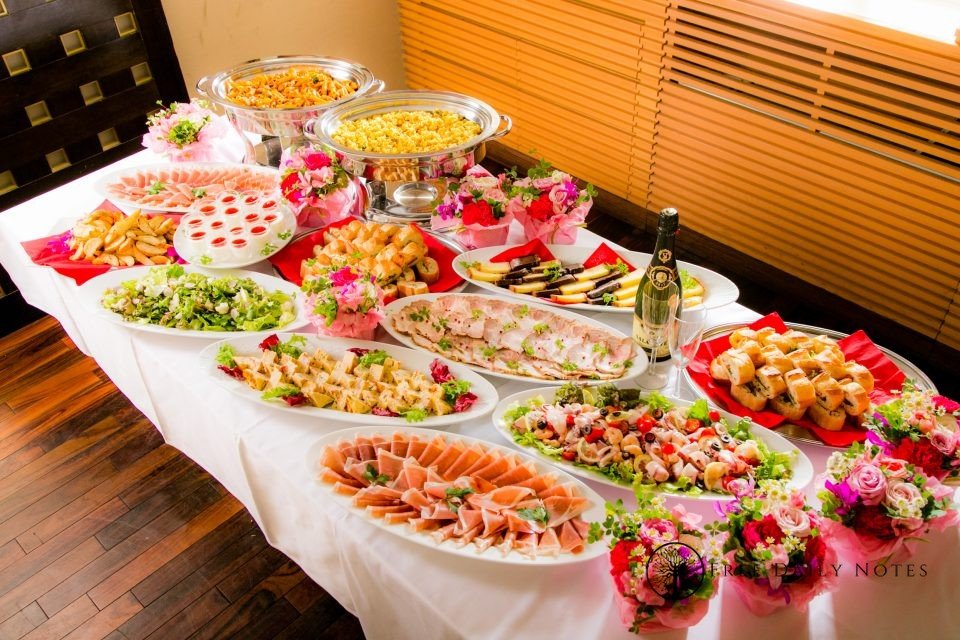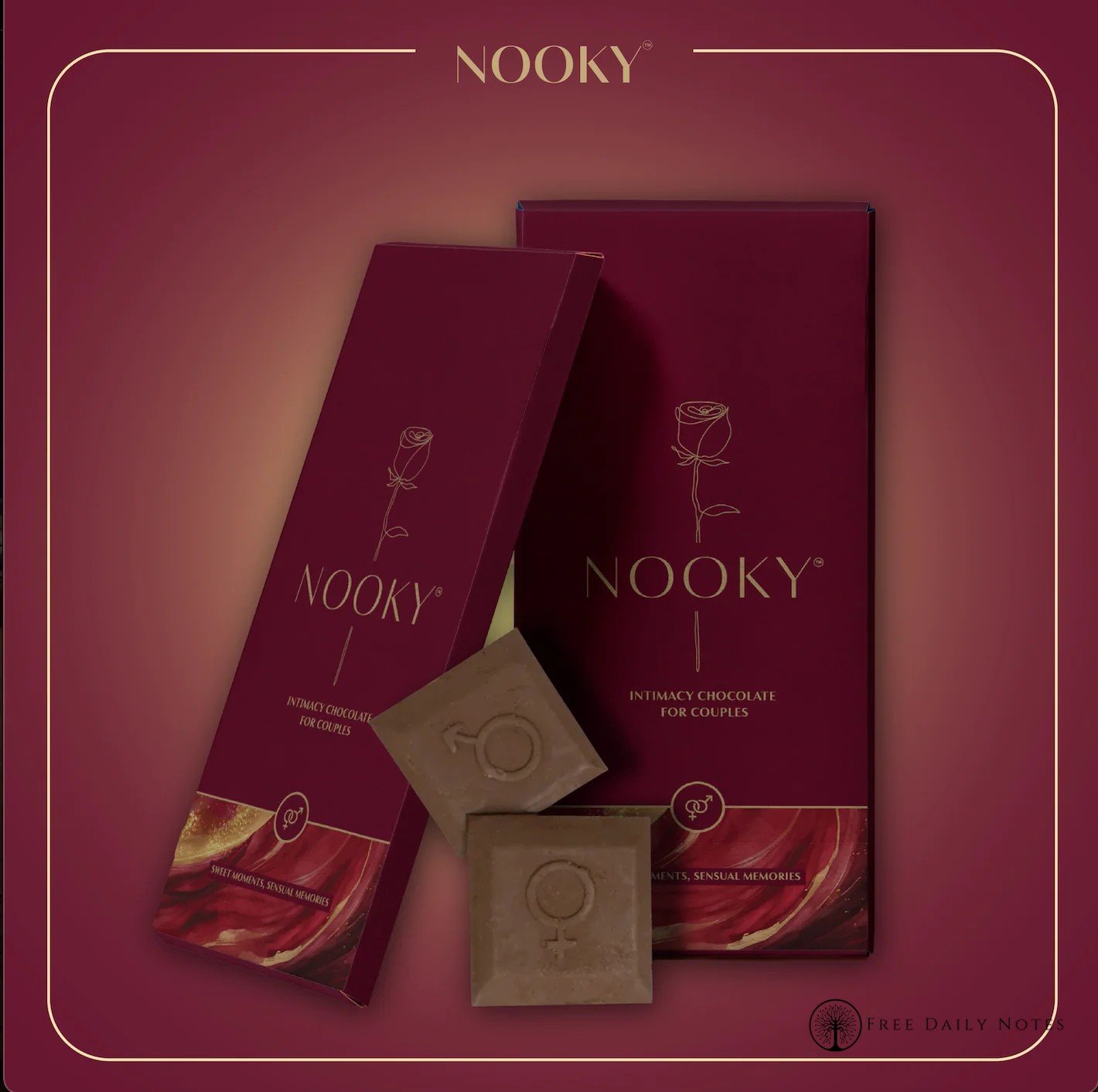
The first time I encountered a real Italian buffet, I was standing in a small trattoria just outside of Florence, completely bewildered by what lay before me. Having grown up in Delhi with our expansive multi-cuisine hotel buffets where quantity often trumps authenticity I expected something similar but with pizza and pasta replacing our curries and biryanis.
Boy, was I wrong.
What greeted me instead was nothing like the sprawling buffet tables I was used to back home. It was intimate. Curated. Almost… restrained? The Italians, I quickly realized, have a completely different philosophy when it comes to buffet dining. And over the years, as I’ve traveled back and forth between India and Italy for work, I’ve developed a deep appreciation for how the concept of “buffet Italy” differs from our Indian expectations.
So grab a cup of chai, and let me walk you through what makes Italian buffets unique—and how we as Indians can best appreciate them, whether we’re visiting Italy or trying Italian buffets here at home.
The True Essence of Buffet Italy | Not What You’d Expect

When most Indians think “buffet,” we imagine endless food stations stretching to the horizon, with staff continuously replenishing depleted trays. Our luxury hotel Sunday brunches have trained us to expect quantity, variety, and theatrical presentation.
The typical buffet Italy offers? It’s almost the opposite approach.
Traditional Italian buffets are often smaller affairs focused on quality over quantity. They’re about showcasing a few seasonal specialties rather than presenting every dish in the Italian repertoire.
Take the aperitivo buffet, for instance possibly the most common buffet format you’ll encounter in Italy. It’s essentially a selection of finger foods and small plates that accompanies your pre-dinner drinks. The idea isn’t to stuff yourself but to enjoy small bites that complement your Aperol Spritz or Negroni.
I remember my first aperitivo experience in Milan. I ordered one drink and was directed to a modest table with perhaps 10-15 small plates. There were olives, tiny squares of focaccia, some marinated vegetables, and a few cold cuts. At first, I thought, “That’s it? Where’s the rest of it?” But as I sampled each item, I realized every single offering was exceptional quality. The flavors were clean, distinct, and perfectly balanced.
Wait—I should clarify something. When Italians talk about “buffet,” they might be referring to several different dining concepts:
The aperitivo buffet (small plates with drinks)
The antipasti buffet (starter selections in restaurants)
Hotel breakfast buffets (which vary widely in scale)
Special occasion buffets (weddings, celebrations)
Each has its own etiquette and expectations. And none of them are quite like what most Indians picture when they hear “buffet.”
In fact, the massive all-you-can-eat meals that we associate with buffets are relatively rare in authentic Italian dining culture. Those unlimited pizza and pasta buffets? They’re mostly created for tourists or exist in more commercialized settings.
Indian Travelers and Buffet Italy | Bridging the Culinary Gap

One thing I’ve noticed over the years: Indian tourists in Italy often face a moment of cultural whiplash when encountering their first Italian buffet. I certainly did.
Our expectations, shaped by lavish Indian wedding spreads and hotel brunches, can sometimes lead to disappointment if we’re not prepared for the Italian approach. I’ve watched fellow Indians at hotel breakfast buffets in Rome looking increasingly confused as they search in vain for hot food options beyond scrambled eggs.
“Where’s the buffet?” a family from Mumbai once asked me at a hotel in Venice, as they stared at the modest spread of croissants, cold cuts, cheeses, and fruits. They’d paid good money for their “buffet breakfast” and expected something more substantial.
And honestly? I get it. When you’re paying premium tourist prices, the cultural disconnect can feel frustrating.
But here’s where I’ve found my own perspective shifting over the years. Italian buffets aren’t trying to be our Indian buffets. They’re doing something different altogether—and once you understand that, you can appreciate them for what they are.
Take breakfast, for example. A typical buffet Italy offers for breakfast might seem underwhelming at first glance. But those pastries? They’re likely baked that morning. The coffee? Expertly prepared. The fruits? Perfectly ripe and seasonal. The focaccia? Still warm from the oven.
For Indians visiting Italy, I always suggest embracing the local buffet culture rather than searching for something familiar. Save your appetite for a proper lunch or dinner where you’ll experience the true depth of Italian cuisine. The buffet is just one small aspect of their food culture—and arguably not even the most important one.
Actually, that reminds me of a handy tip: many Indian travelers I know pack a few ready-to-eat meals for breakfast if they prefer starting their day with something more substantial. There’s no shame in having your morning paratha in your hotel room before heading out to explore!
Where to Find an Authentic Buffet Italy Experience in India
Now, what if you’re not planning a trip to Italy anytime soon but still want to experience something close to an authentic Italian buffet? Good news—India’s culinary scene has evolved dramatically in recent years.
I’ve spent considerable time checking out Italian dining options across major Indian cities (tough job, I know), and here’s what I’ve found: while truly authentic Italian buffets are still relatively rare in India, there are some places doing a commendable job.
In Delhi, I’ve been impressed with the Sunday brunch at Travertino at The Oberoi. While it’s not strictly a traditional Italian buffet, their curated selection of Italian specialties comes close to capturing that quality-over-quantity ethos. Their antipasti selection particularly stands out; the marinated vegetables and cheese offerings would not be out of place in Rome.
Mumbai has several noteworthy options. Celini at the Grand Hyatt offers an Italian brunch that strikes a nice balance between authentic Italian flavors and the lavishness Indian diners expect. Their live pasta station is a particular highlight, with chefs preparing fresh pasta to order.
Bangalore, with its cosmopolitan dining scene, offers some interesting interpretations of buffet Italy concepts. Alba at the JW Marriott has an excellent Sunday brunch that includes a solid selection of Italian dishes alongside other international offerings. Their risotto station is particularly impressive.
But here’s the thing—and I say this as someone who deeply loves both Indian and Italian cuisines—the best Italian meals I’ve had in India haven’t been at buffets at all. They’ve been à la carte experiences at restaurants that focus on quality ingredients and traditional preparation methods.
If you’re really interested in authentic Italian flavors, I’d suggest trying places like Diva in Delhi, Vetro in Mumbai, or Ottimo at ITC Gardenia in Bangalore. None of them offer traditional buffets, but they all provide genuine Italian dining experiences that are far closer to what you’d find in Italy than most buffet setups.
Is that a controversial opinion? Maybe. But after years of eating my way through both countries, I’ve come to believe that the soul of Italian cooking is rarely captured in buffet format—whether you’re in Italy or India.
The Most Misunderstood Aspects of Buffet Italy Culture
Let’s talk about some misconceptions that many Indians (myself included, initially) have about Italian buffets.
First: the assumption that an Italian buffet will feature all the “greatest hits” of Italian cuisine. You know—pizza, pasta, risotto, tiramisu, the works. In reality, Italian buffets are often much more specialized.
An aperitivo buffet might focus entirely on small bites from a particular region. A restaurant’s antipasti buffet might showcase only cold starters. A breakfast buffet will rarely include pasta (shocking, I know). Italians don’t generally throw everything into one meal; each dining occasion has its appropriate dishes.
Second misconception: the idea that buffets are the main way Italians enjoy group meals. In fact, family-style dining is much more common for Italian celebrations than self-serve buffets. When I attended a wedding in Tuscany, I expected a lavish buffet similar to our Indian wedding spreads. Instead, we enjoyed a seated five-course meal with dishes served family-style. It was convivial, generous, and nothing like a standard buffet.
Third: the notion that Italian buffets will have something for everyone. This is where Indian and Italian approaches really diverge. In India, our buffets pride themselves on catering to every possible preference: vegetarian, non-vegetarian, spicy, mild, regional specialties, international options… you name it. Italian buffets make fewer concessions. They generally showcase what’s seasonal, local, and traditional for that specific region, with limited alternatives.
This can be challenging for vegetarians, though it’s getting easier. During my first visits to Italy, I struggled as a predominantly vegetarian eater. Many antipasti buffets featured mostly meat and seafood options. But over the past decade, I’ve noticed more vegetable-based offerings appearing partly in response to changing dietary preferences and partly to accommodate international visitors.
For Indian vegetarians visiting Italy, I suggest learning a few key phrases to communicate your dietary needs. “Sono vegetariano/a” (I am vegetarian) is a good start. Also useful: “Senza carne, per favore” (Without meat, please).
I should add that this varies dramatically by region. Northern Italian buffets tend to be heavier on meat offerings, while southern Italian spreads often feature more vegetables and seafood. When researching restaurants, look specifically for mentions of vegetarian options if that’s important to you.
Recreating Buffet Italy Magic at Home in India

Over the years, I’ve hosted numerous Italian-inspired gatherings at my home in Delhi. Through much trial and error, I’ve figured out some ways to recreate a reasonable facsimile of an Italian buffet experience using ingredients available in India.
The key, I’ve found, is to stop trying to replicate exactly what you’d find in Italy and instead focus on capturing the essential spirit of Italian dining.
For an aperitivo-style buffet, I arrange a selection of small bites that don’t require last-minute preparation. Good quality olives (available at specialty stores in most major Indian cities now), store-bought breadsticks, some marinated vegetables (peppers and zucchini work well), and a couple of simple crostini options.
The challenge, of course, is cheese. Italian buffets rely heavily on a variety of regional cheeses that can be difficult and expensive to source in India. I’ve found that amul cheese doesn’t quite cut it for an authentic experience! But places like Nature’s Basket and Food Hall now carry reasonable mozzarella, ricotta, and even some harder Italian-style cheeses. They’re pricey, but a little goes a long way.
For antipasti, I’ve learned that the presentation matters almost as much as the food itself. Italians arrange their buffets with an artistic sensibility—it’s not just about piling food on platters. Everything is arranged thoughtfully, garnished appropriately, and served at the proper temperature. Taking time with presentation goes a long way toward creating that Italian buffet feeling.
Oh, and temperature! This is crucial. Indians tend to prefer hot food served properly hot, but many Italian antipasti are meant to be enjoyed at room temperature. When hosting, I make sure to explain this to guests who might otherwise wonder why I’m serving “cold” food.
One Italian buffet tradition I love recreating is the Sunday lunch spread. While not a self-serve buffet in the strict sense, the Italian Sunday lunch typically features multiple dishes served family-style. This format works beautifully for Indian hosting traditions where we’re used to sharing food.
I start with a selection of antipasti on the table when guests arrive. Then bring out a pasta course. The main course might be a roasted vegetable dish or, for non-vegetarian guests, a simple roasted chicken with herbs. Nothing too complex or saucy, clear, distinct flavors are the goal.
Wine, of course, is traditional with Italian meals. But I’ve found that many Indians prefer beer with Italian food, and that works just fine too. There are no strict rules here; it’s about enjoying good food with good company.
FAQ:
What should Indian travelers expect from a breakfast buffet Italy typically offers in hotels?
Don’t expect the elaborate spreads common in Indian five-star hotels when experiencing a breakfast buffet Italy typically provides. Italian hotel breakfasts are generally much lighter affairs, focusing on quality over quantity. You’ll usually find excellent coffee, fresh pastries like croissants and cornetti, some bread with jams and maybe Nutella, yogurt, and perhaps some cold cuts and cheese.
How authentic are the Italian buffet restaurants in India compared to an actual buffet Italy offers?
The truth is, most Italian buffet restaurants in India bear little resemblance to an actual buffet Italy would typically offer. Indian-Italian buffets generally cater to Indian palates and expectations meaning larger quantities, more variety, and often significantly altered flavors. That said, some high-end hotels in metropolitan cities are beginning to offer more authentic experiences.
What are the must-try dishes at an authentic buffet Italy is known for?
In a traditional aperitivo buffet Italy is famous for, don’t miss the bruschetta with fresh tomatoes and basil, especially during summer when tomatoes are at their peak. Regional antipasti are also essential in northern regions looking for polenta squares with various toppings, while southern buffets might feature arancini (rice balls) or panelle (chickpea fritters).
How different is buffet Italy pricing compared to what we pay in India?
Buffet Italy pricing structures differ considerably from what we’re used to in India. First, aperitivo buffets often work on a different model: you pay for your drinks (usually €8-15), and the food comes as a complimentary buffet. This can be excellent value if you’re not a big drinker but enjoy sampling food. Hotel breakfast buffets in Italy are generally expensive by Indian standards expect to pay €15-30 per person in mid-range hotels and €25-50 in luxury properties.
What vegetarian options can I expect to find at a typical buffet Italy provides?
Vegetarian options at a typical buffet Italy offers have improved significantly in recent years, though they still might be more limited than what Indian vegetarians are accustomed to. Antipasti buffets usually include marinated vegetables like zucchini, eggplant, and bell peppers, along with olives and various breads. Cheeses form a substantial part of vegetarian offerings look for mozzarella, burrata, pecorino, and gorgonzola, often served with honey or jams.
Is it acceptable to take multiple servings at a buffet Italy typically offers in restaurants?
The etiquette around portions at a buffet Italy style spread differs from Indian buffet culture in subtle but important ways. For aperitivo buffets, moderation is key; these are meant to be light accompaniments to drinks, not full meals. Taking small portions multiple times is better than piling your plate high once. For hotel breakfast buffets, multiple servings are perfectly acceptable, though again, Italians typically eat lighter breakfasts than Indians.


